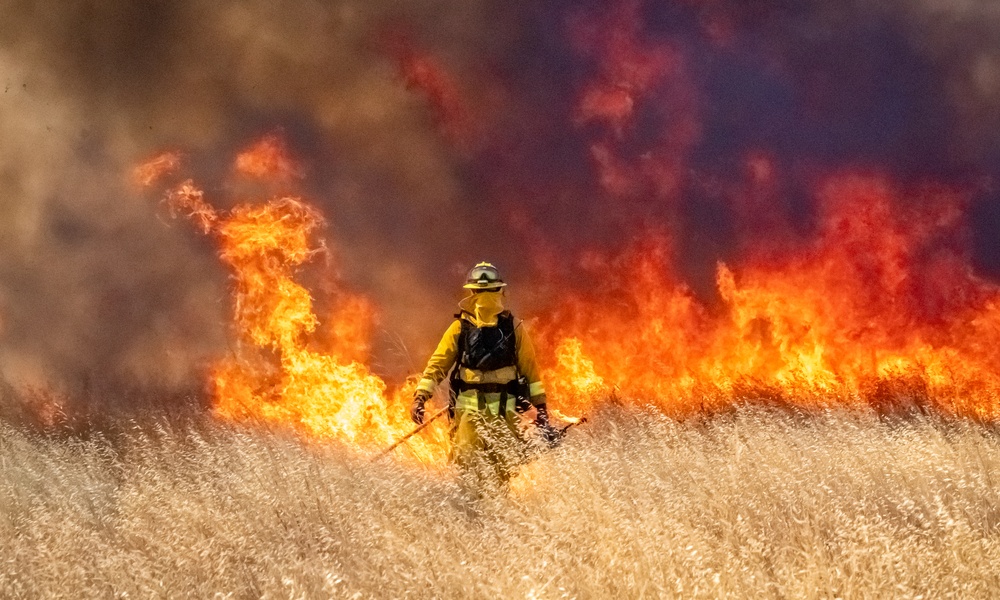Blog
Three tips for sending community alerts
Notifying your community about a crisis is crucial. By doing so, your organization can minimize the impact of a crisis, or even prevent a crisis from happening. The safety of your community is your top priority – how will you keep community members informed during a critical situation?
In Tilton, New Hampshire, town officials recently implemented Alert Tilton, an emergency notification program for important community news. Alert Tilton allows town officials to notify residents about severe weather events, power failures, and other critical situations through multiple contact paths. In fact, Alert Tilton recently helped Tilton Police catch a burglar.
Tilton Police used emergency alerts to inform community members about the increase in burglaries in the town’s Hemlock neighborhood. In addition, residents were asked to report any suspicious activity to local authorities. Tilton Police apprehended a burglar thanks in part to the town’s emergency notification program. Tilton Police Chief Robert Cormier told The Union Leader that emergency alerts helped police find the burglar: “It was a combination of local residents calling in suspicious activity, and then working together with patrol officers who responded and quickly located the suspect, who was hiding in a house that he had just broken into, and who was caught in the act which led to a great arrest.”
How will your organization keep community members up-to-date? Check out the following tips to ensure every message you send reaches the right people at the right time, every time:
1. Use mobile alerts. The number of mobile device users is rapidly increasing across the globe. Your organization can send emails, push notifications, text messages, and other mobile alerts to ensure that affected individuals receive critical information on their smartphones and tablets.
2. Utilize real-time information sources. An organization that leverages on-the-scene information can keep its citizens informed throughout a crisis. For example, during several recent events, resilient citizens have provided real-time images and videos via Twitter and other social networks. An organization that leverages the resiliency of society can receive up-to-the-minute information during a crisis, and relay important updates to affected individuals.
3. Teach people about your emergency notification program. When it comes to your emergency notification program, devote plenty of time and resources to teach your community about the benefits of enrollment. The success of your community’s emergency notification program depends on the number of people who enroll. Teach people about the program, explain how it works, and answer any questions or concerns they may have to ensure that your program is successful.
Launch a community alert program to keep people informed about a wide variety of critical events.


